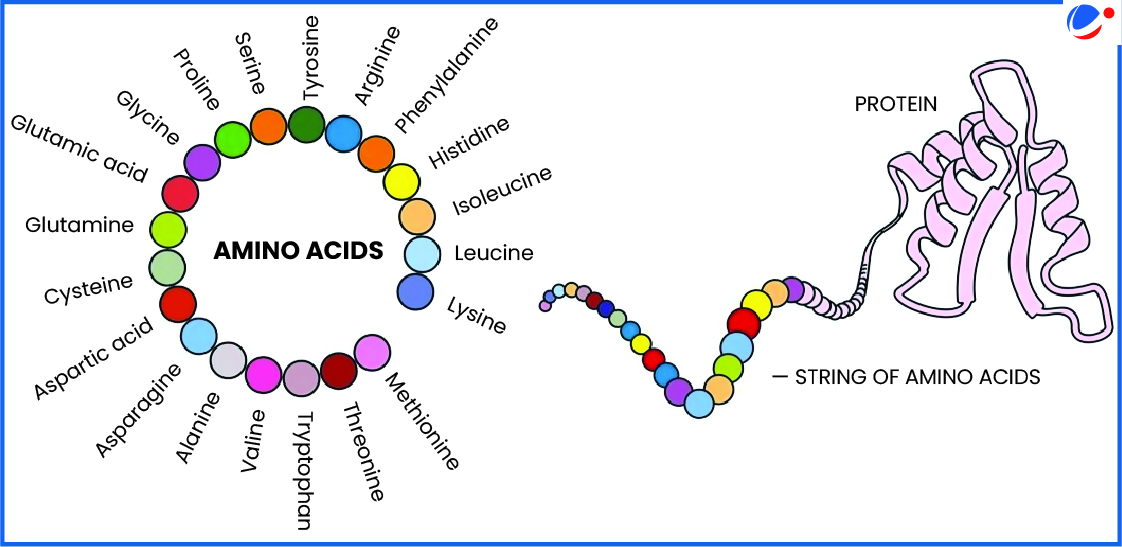Nobel Prize has been awarded to David Baker “for computational protein design” along with Demis Hassabis and John M. Jumper “for protein structure prediction”.
Prediction of Protein Structures
- Demis Hassabis and John Jumper used Artificial Intelligence (AI) to solve a 50-year-old problem: predicting proteins’ complex structures i.e. how proteins fold into the shapes that give them their functions.
- They created an AI model called AlphaFold2, with which they have been able to predict the structure of virtually all the 200 million proteins from their amino acid sequence.
Computational protein design
- David Baker took things further by creating entirely new proteins with entirely novel shapes and functions.
- His computer program, Rosetta, can provide suggestions for amino acid sequence to produce a desired protein structure, allowing to create new proteins.
- Applications of new proteins: Pharmaceuticals, vaccines, nanomaterials and tiny sensors or breaking down plastic.
About Proteins
- Proteins are large, complex molecules that control and drive all the chemical reactions that together are the basis of life.
- A protein is made up of one or more long, folded chains of amino acids (each called a polypeptide), whose sequences are determined by DNA sequence of protein-encoding gene.
- They are required for structure, function and regulation of body’s tissues and organs.
- Proteins also function as hormones, signal substances, antibodies and building blocks of different tissues.





